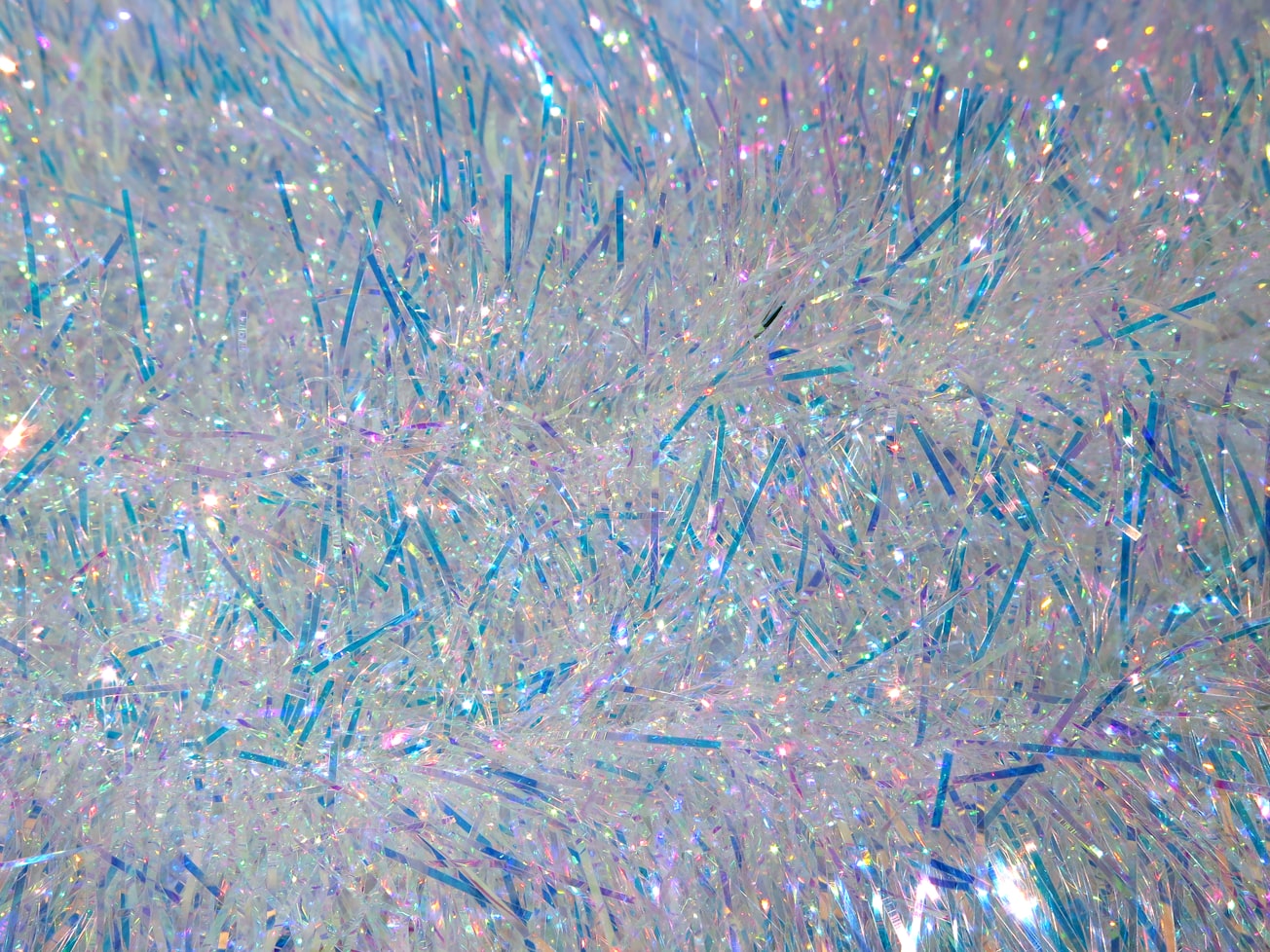What is it about?
The present work applies the Alloy Search and Predict (ASAP) method to the design of an oxidation- resistant refractory HEA based on three selection criteria, which are (1) to maximise melting temperature, (2) include Cr as an alloy component and (3) have a single phase field below the solidus. This alloy design process resulted in the combination of Cr, Mo, V and W, which is further investigated both theoretically, by DFT and CALPHAD methods, and experimentally by arc-melting
Featured Image

Photo by Inna Skosyreva on Unsplash
Why is it important?
The significance of this new alloy is two-fold: (1) there are few existing SPHEAs that combine both refractory and transition elements and (2) there is significant interest in including oxide scale formers such as Cr, Al and Si in refractory alloys for high strength, high temperature and oxide resistant components.
Perspectives
Cr-Mo-V-W high-entropy alloy (HEA) is studied, with 2553 K equilibrium solidus and high Cr content to promote protective oxide scale formation, suggesting potential applications in hot, oxidising environments. Alloy Search and Predict (ASAP) and phase diagram calculations found a single phase, body-centred cubic (BCC) solid solution at elevated temperatures, across the range of compositions present within the system - uncommon for a HEA of refractory and transition metals. Density functional theory identified solubility of 22 at.% Cr at solidus temperature, with composition-dependent drive for segregation during cooling. An as-cast, BCC single-phase with the composition 31.3Cr-23.6Mo-26.4 V-18.7 W exhibiting dendritic microsegregation was verified.
Mr Daiki Ikeuchi
University of Cambridge
Read the Original
This page is a summary of: Cr-Mo-V-W: A new refractory and transition metal high-entropy alloy system, Scripta Materialia, January 2019, Elsevier,
DOI: 10.1016/j.scriptamat.2018.08.045.
You can read the full text:
Resources
Contributors
The following have contributed to this page







